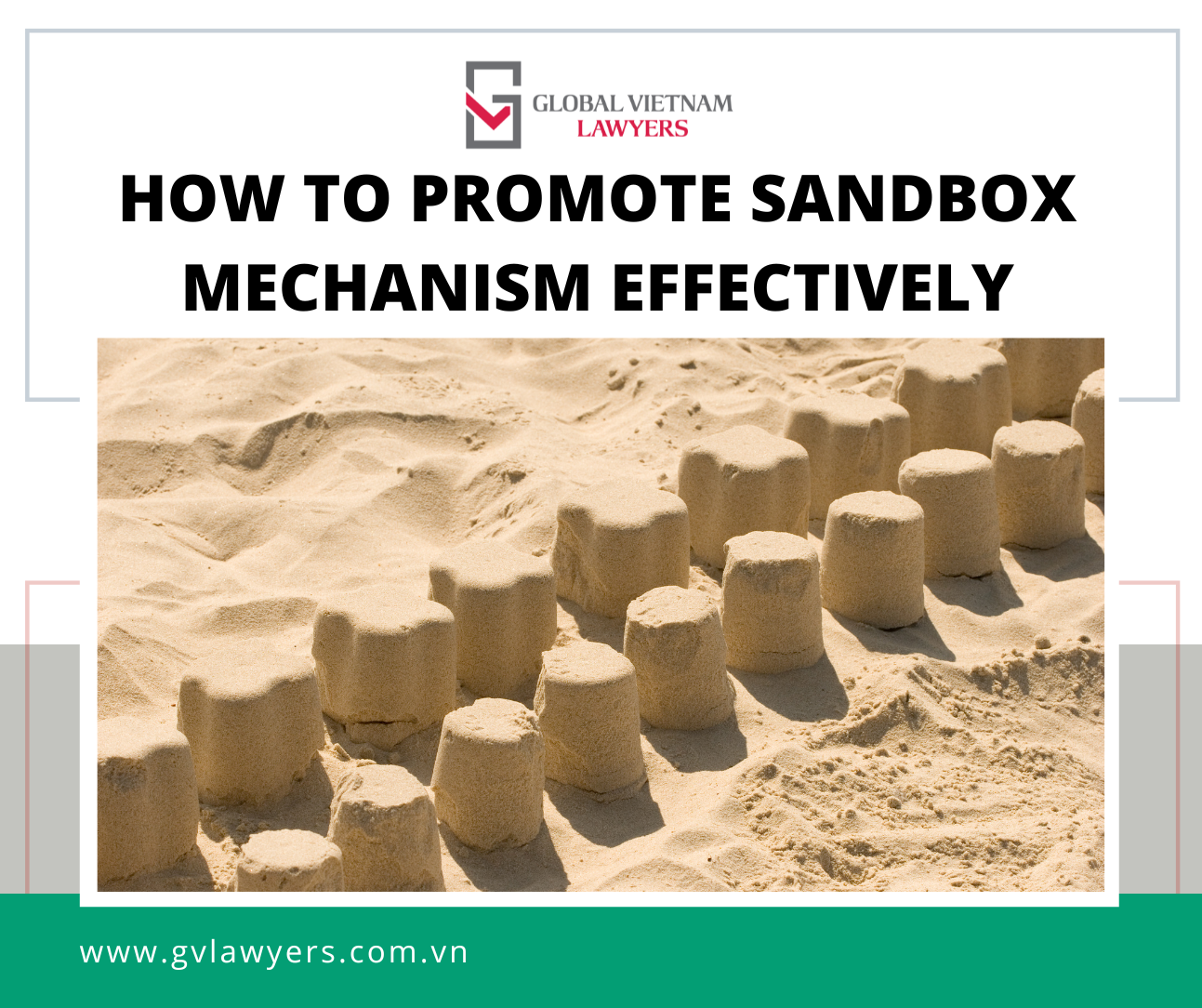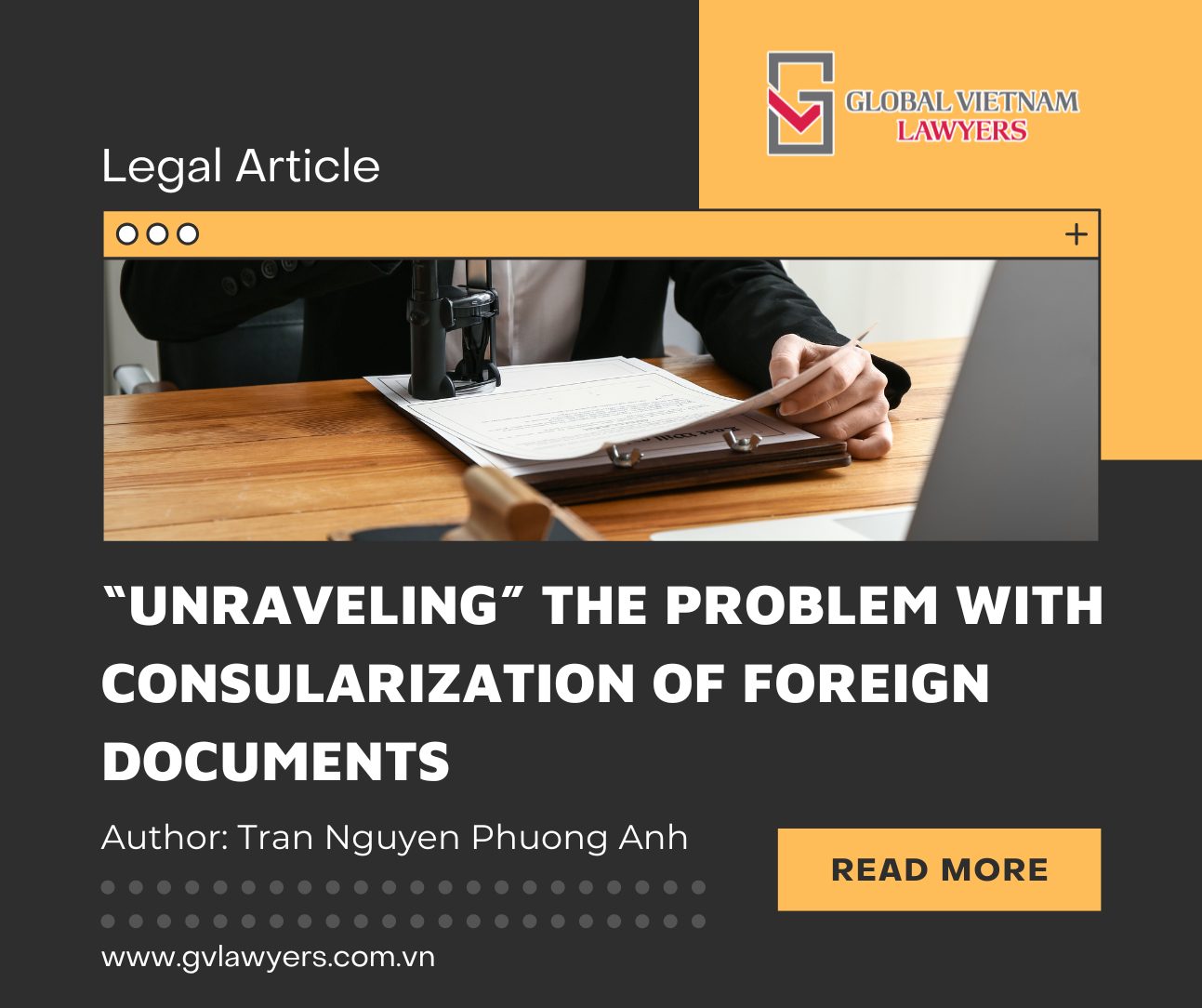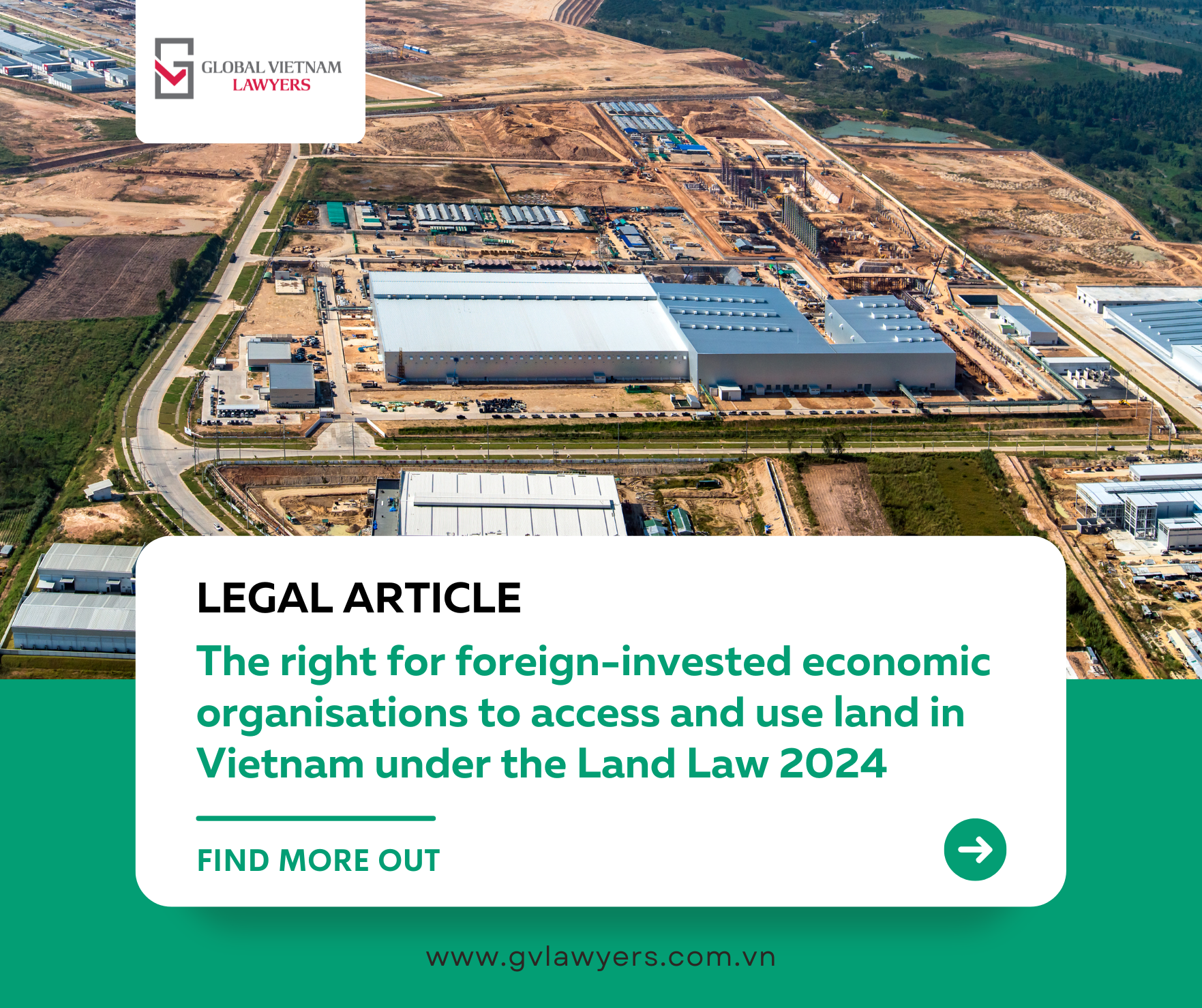GV Lawyers would like to present an article by Mr. Luong Van Ly and Mr. Tran Thanh Tung, entitled: “How To Promote Sandbox Mechanism Effectively“ published in Saigon Times on October 3, 2019, Issue No. 40.2019 (1.503).
***
SANDBOX – A SPECIALTY OF ECONOMY 4.0
The “Sandbox” mechanism was first introduced in the Prime Minister’s Decision No. 999 / QD-TTg dated August 12, 2019, approving the Scheme to promote a shared economy. “Sandbox” is a strange concept in Vietnam but can be considered a specialty of economy 4.0. Literally, the sandbox is a space where children can play around without fears of being injured or disturbing adults. From the original meaning, the sandbox concept spreads to other fields, such as computer technology, engineering or policies. In computer technology, the sandbox is an isolated environment for testing new software without affecting the overall system. Similarly, in terms of policies, the sandbox is a mechanism for testing or piloting new policies, ideas or business models in a definite time and scope, under the supervision of managers for the purposes of evaluation, testing and adjustment before becoming a general policy.
WHY IS SANDBOX NEEDED?
Economy 4.0 with the strong development of technology has created new business ideas or models, quickly negating the old ones. These include the ideas of a shared economy like Uber, Grab, Airbnb; crypto currency; peer – to –peer lending etc. These business models can greatly influence economic institutions, even creating destructive changes to the old mechanism. For example, the operation of a crypto currency immediately creates an international “currency” which can lead to the deactivation of a central bank’s control and affect the monetary sovereignty of countries.
In light of such new economic issues, governments in the past used to approach those conservatively, such as trying to enact policies to manage, control or limit those realities, or at worst “banning if it cannot be managed”. However, when that business model goes beyond the control of a government, the controlling or banning solutions are no longer feasible, and the economy will suffer a loss if that idea opens the economy to a new trend.
Considering those realities, some governments have opted for a more flexible approach: not to ban it but allow ideas to be freely developed in a controlled environment and limited time so they can monitor them and grasp how such models operate, and then devise appropriate measures.
The first often-mentioned official Sandbox mechanism was issued by the UK’s Financial Regulatory Authority and was initially applied to fintech companies. Since then, this mechanism has been gradually expanded to many other fields, and increasingly studied and applied by many countries.
SANDBOX IS NOT NEW TO VIETNAM
Vietnam in fact applied a number of sandbox policies in the past – under the name “pilot program”. These include the program allowing foreign organizations and individuals to buy houses in Vietnam pursuant to the National Assembly’s Resolution 19/2008 / NQ-QH12 dated June 3, 2008 and later transformed into an official policy in the Housing Law and Real Estate Business Law, or the pilot controversial program which is still being applied under Decision No. 24 / QD-BGTVT dated January 7, 2016 by the Ministry of Transport on piloting the application of science and technology to support the management and connection of passenger transport activities under contracts. And perhaps most notably is the mechanism of piecework contract on agricultural products devised by the Secretary of Vinh Phu Provincial Party Committee – Mr. Kim Ngoc and then formalized in accordance with the Politburo’s Resolution 10-NQ/TW of April 5, 1988. Pilot programs give regulatory authorities time to consider new ideas thoroughly – as a stepping stone prior to issuing official policies.
PROS AND CONS
Obviously, the sandbox mechanism has many benefits. It helps policymakers to foster a new idea without nipping it in the bud, even in case of a lack of a mechanism to manage it. The ideal formula for implementing a sandbox model is: first, let businesses freely bring their ideas into practice; next, the management body will monitor, gradually adapt to it or create its own policies and management measures, and step by step shape the business model of enterprises to harmonize the three primary targets: growing businesses, providing community benefits and developing the national economy.
As seen from a certain angle of the history, sandbox shows the hesitant attitude of regulatory authorities: jumping in is accompanied by a fear of losing control while staying as an outsider brings on a fear of being backward in a world of new economic models. Inertia is certainly part of the cause, which is the inherent nature of management, but another part of the cause also comes from the limitations of the sandbox mechanism itself. Sandbox is essentially an ask-and-give mechanism, meaning that when a business obtains a sandbox license, it has the opportunity to become the first on the market. If the business grows well, it will become a policy monopoly. If not carefully controlled, such business tends to maintain the mechanism in which it is licensed to operate, thus preventing other enterprises from entering into the market, thereby leading to competition restriction.
In addition, the “sand box” for children to play in is a zoned space, isolated from the outside, what is allowed to be done in the sand box is not allowed outside the sand box; players in sandboxes and people outside of sandboxes hardly affect each other, behaviors in sandboxes do not affect the outside. But the sandbox in the economy is completely different. The new and bold ideas as aforesaid need to be experienced in practice. In other words, before regulators can find the right policy and management, those business ideas have had time to influence the community, even the economy and society, depending on their expansion. Uber and Grab taxi technologies are typical examples.
Whether the said limitations can be overcome depends on the effectiveness of policies and management measures.
RECOMMENDATIONS
Currently, the space for sandbox mechanism is very large and can be applied to many fields.
In terms of policy, in order for the sandbox mechanism to be effectively developed, a specific sandbox mechanism needs to meet the following requirements:
Firstly, there must be clear and specific criteria (in terms of size, industry, content, business ideas …) to screen and select businesses that join the sandbox (sandbox business) in each period. The empirical nature requires a sufficient amount to draw the necessary conclusions but at the same time demands a screening rather than carrying out a mass performance. One of the necessary criteria to consider is the scope and depth of the experiment for each type of sandbox business and each specific sandbox business. An example in the field of high technology shows that up to now, for more than 17 years after the first high-tech zone of the country (Ho Chi Minh City Hi-tech Park) comes into operation, there have been no specific criteria for high-tech enterprise.
Secondly, there is the monitoring and supervision of each sandbox business by a specialized team with in-depth knowledge about the business field, the ability to appraise new business ideas and make objective assessment on the achieved results to propose measures to shape the business method of the enterprise during the time of experimenting and making policy, management measures when the business idea of the sandbox business is officially applied in the market.
Third, there is a setup of experiment period with clear, specific criteria to determine the outcome of the experimental duration. Once again, it should pay attention to the experience of Grab taxi: the experiment period and the criteria to end the experiment are not available, so the experimental duration is prolonged while Grab business is increasingly spreading and exerts a growing impact on the public transit industry.









